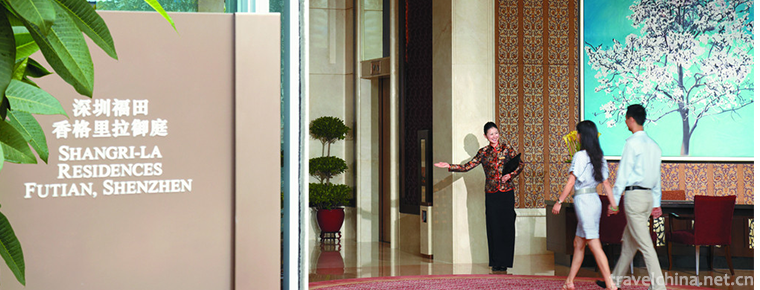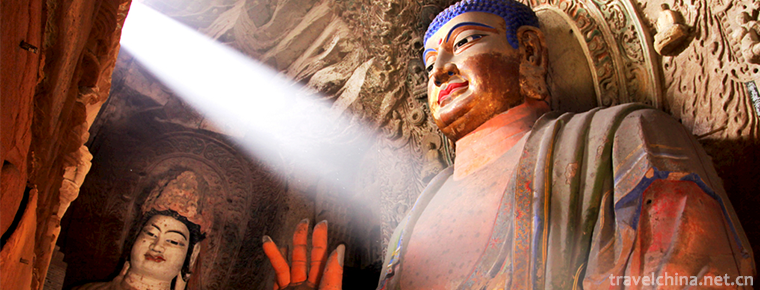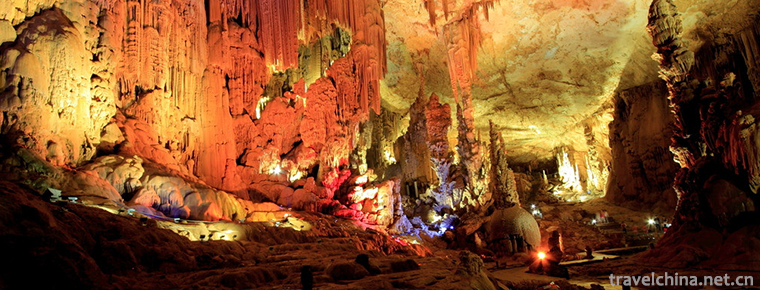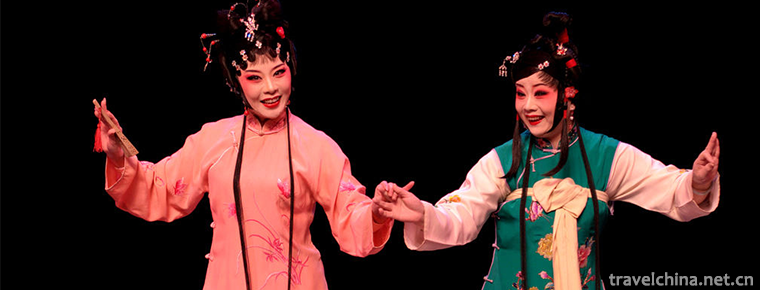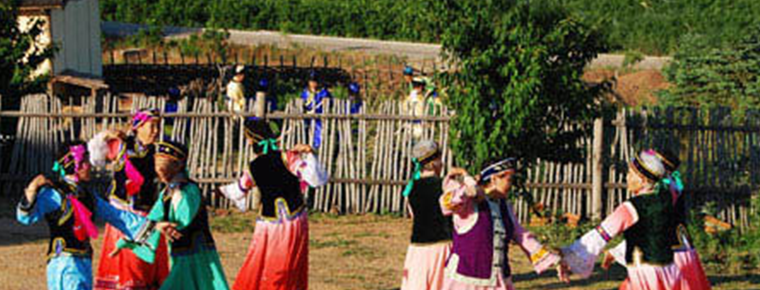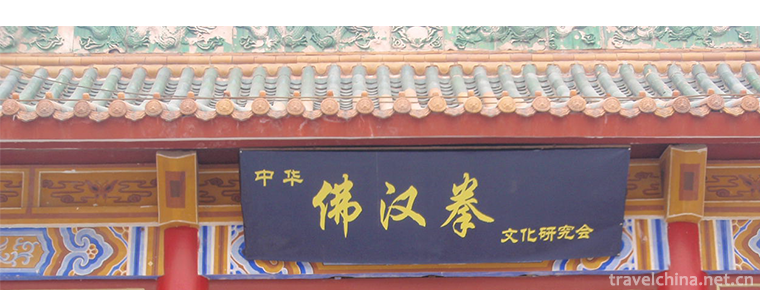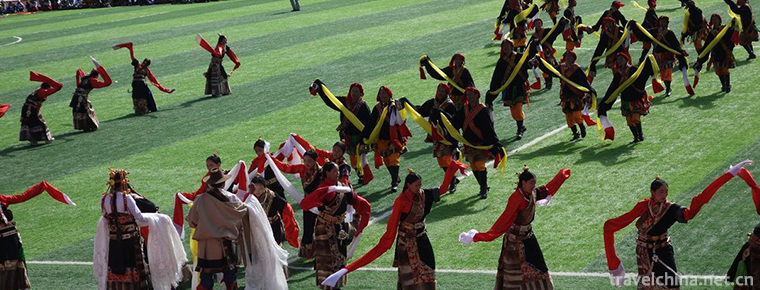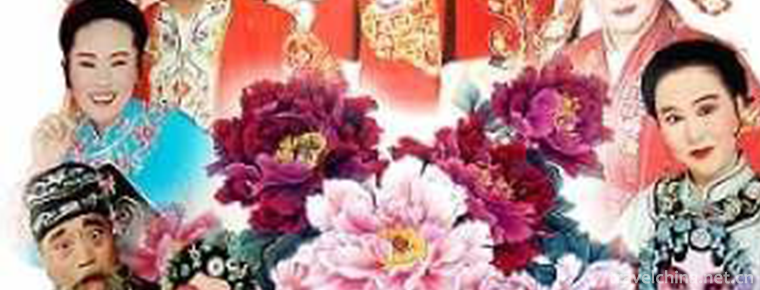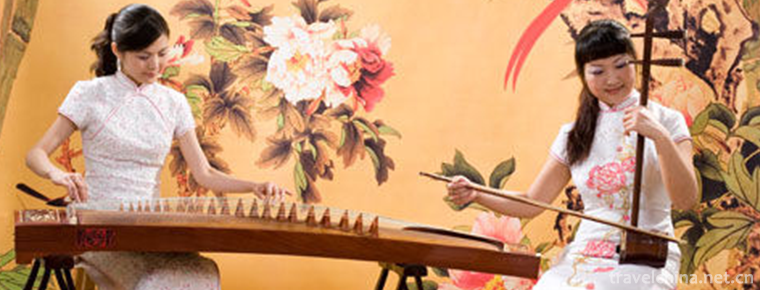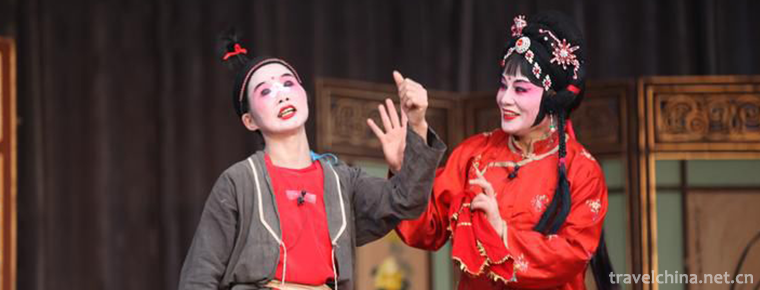Tanning Technology of Tan Sheepskin
Tanning Technology of Tan Sheepskin
Tanning technology of Tan sheepskin, a traditional handicraft in Jiaocheng County, Shanxi Province, is one of the national intangible cultural heritages.
Tanning process of Tan sheepskin in Jiaocheng County is relatively complex, totally depending on manual operation. There are more than 20 processes such as washing, soaking, drying, shoveling, nailing, tanning, hanging, pressing, cutting, sewing and so on. In the tanning process, it is necessary to add some auxiliary materials such as yellow surimi (grain similar to millet), leather nitrate, soap horn and so on, and finally produce Tan sheepskin finished products.
On June 7, 2008, Tansheepskin tanning technology was approved by the State Council of the People's Republic of China and listed in the second batch of national intangible cultural heritage list, item number_-111.
historical origin
The tanning technology of Jiaochengtan sheepskin originated in the mid-Ming Dynasty and lasted for more than 400 years. "China Industrial Chronicle" once described Jiaocheng fur industry: "Shanxi is famous for sheep herding, and the tannery industry developed with it. In the late Ming and early Qing dynasties, there were already tanneries in Datong and Jiaocheng. "Jiaocheng leather goods with beach skin as the most famous, exquisite manufacturing..." Jiaocheng fur industry reached its peak in Ming and Qing dynasties.
According to the records, there were still more than one hundred Pifangs in Jiaocheng in the late Qing Dynasty and the early Republic of China, with an annual total output value of more than 3.1 million silver dollars. At that time, there were more than 10,000 workers working in Pifang. Among these people, only 2,000 people lived permanently in Jiaocheng City, and more than 9,000 were migrant workers.
In 1933, the Ministry of Education of Nanjing National Government published a "Overview of the Latest China Situation" which introduced Jiaocheng as follows: "Turen are good at making cattle and sheep skins, Jiaochengtan sheep skins are well-known throughout the country."
After the outbreak of the War of Resistance Against Japan, the fur industry in Jiaocheng shrank rapidly. Traffic interruption led to the passivity of raw fur and the lack of access to products. In addition, the products plundered by the aggressors resulted in the bankruptcy of fur shops, leather stores and related financial and service industries. A large number of workers lost their jobs and went to Zhangjiakou and Taiyuan to make a living. After the founding of New China, Jiaocheng fur industry once recovered. First, "Heji" fur shop was opened and small batch production was carried out.
After the founding of New China, a "local state-owned Jiaocheng fur factory" was established. The tanning technology of Jiaochengtan sheepskin was inherited. It went bankrupt in the 1980s, and the tanning technology of Jiaochengtan sheepskin was in danger of being lost.
Technological characteristics
Tanning of Tan sheep leather is the chemical and physical processing of protein in the skin with tannin. Through a series of tanning processes and some chemicals, a series of changes in the protein in animal skins, such as cattle, pigs and sheep, have resulted in the denaturation of collagen. Tanned leather is soft, firm and wear-resistant, and it is not easy to spoil and deteriorate. Therefore, tanned leather can be used to make various kinds of leather articles for daily use.
Jiaocheng "Tansheepskin" treated by tanning process of Tansheepskin has fine and soft wool, white as snow, luster as jade, long hair edge and wavy bending, some up to nine lines. A gentle tremor is like a willow in the wind and a ripple wave. Beach wool fiber is slender and even, soft and fluffy, elastic, but also the production of blankets, shawls, necks, sweaters and other high-grade raw materials.
Technological process
Tanning process of Tan sheepskin is relatively complex, totally depending on manual operation, including washing, soaking, drying, shoveling, nailing, tanning, hanging, pressing, tailoring, sewing and other 20 processes, resulting in the final production of Tan sheepskin products. The following is the tanning process of Tan sheepskin.
(1) Skin cleaning and dirt removal, apprenticeship, small-scale work, iron grate combing, removal of soil and feces, scraper oil, etc.
(2) Skin washing, also known as stepping on skin, dirty heavy work, in the field wells near the water intake and drainage convenience of brick pond, soak foot washing stepping on. In March and April of the lunar calendar, the water is cold and piercing. Breakfast is served with wine, yam vermicelli and cold dishes.
People are susceptible to varicose veins, arthritis and other diseases.
(3) soak the skin, add leather nitrate, yellow rice flour, yellow porridge into the vat, soak for more than one month;
(4) Cleaning and scrubbing;
(5) Blasting and drying in sandy sites;
(6) Skin shoveling, mechanic work, using special tools to shovel the bell and thin skin plate;
(7) hanging and drying;
(8) Distribution, technicians, judgement of fineness, sorting and grading;
(9) In case of laying down a case, technicians work and cut in large quantities, except for the tail corner of the leg;
(10) Inspection;
(11) Nail plate, mechanic work, stretching nail exhibition;
(12) Tanning, hand rubbing;
(13) Repairing defects and skilled work;
(14) Seam-bearing, mechanic work, collocation and combination;
(15) Face and clean up the dust;
(16) hanging washing, washing with clean water and combing curls;
(17) Press the plate and press it flat for several days.
(18) Re-hanging and washing;
(19) Cutting and shaping, skilled work;
(20) Fine hand-sewn ready-made clothes, usually sewed by housewives with their families;
(21) Packaging, according to the requirements of the post office in the Republic of China, five or six pieces in a package, with oilpaper for internal use and cloth for external use, with a neat and uniform shape, weighing about 15 kilograms per package.
Inheritance and Protection
Inheritance value
The winter clothes made of Tan sheepskin for men and women are soft and warm, beautiful and generous, and have good decorative effect. Jiaocheng Tan Sheepskin is famous all over the world for its excellent quality and unique style. In European and American markets, women's winter fashion often uses fur, graceful and luxurious, very fashionable.
Current situation of inheritance
After the founding of New China, Jiaocheng County established a "local state-owned Jiaocheng fur factory", and the tanning process of Jiaochengtan sheep was inherited. However, the factory went bankrupt in the 1980s because of poor management. The age of the old skinners in Jiaochengtan sheepskin was aging. There were few successors and the technology was on the verge of being lost.
Heritage figures
Zhang Xiaochun, male, Han nationality. On May 8, 2018, Zhang Xiaochun was selected as the representative successor of the fifth batch of national intangible cultural heritage projects. Jiaocheng County, Shanxi Province, declared the project: Tansheepskin tanning process.
protective measures
In 1958, the fur production cooperative upgraded and established a local state-owned Jiaocheng fur factory, and the tanning process of Jiaochengtan sheepskin was inherited.
social influence
Important activities
In August 2016, Jiaocheng County held the "Wonderful Jiaocheng" National Fitness Week and Cultural Exhibition Week, inviting representative inheritors, including Jiaochengtan sheepskin, to show their skills on the spot, and to carry out teaching activities on the spot to disseminate Chinese traditional culture.
In June 2017, Lvliang City celebrated the first National Day of Cultural and Natural Heritage, organizing non-hereditary successors, including the tanning process of Jiaochengtan sheepskin, to show the physical and physical production process of Lvliang City's non-heritage protection project, which was praised by the masses.
In October 2017, the Cultural Bureau of Jiaocheng County organized the non-hereditary inheritance and experience activities. Through on-site exhibition of the production techniques of Tan sheepskin, glazed glaze, pyrography, paper-cut and so on, the non-heritage cultural inheritors made many participants deeply understand the traditional handicraft of Jiaocheng County.
Honorary recognition
In 1980, Jiaocheng Tanned Tan Sheepskin was appraised as a kind of product at the national wool quality appraisal meeting, and was awarded the title of "Shanxi Province's high quality product".
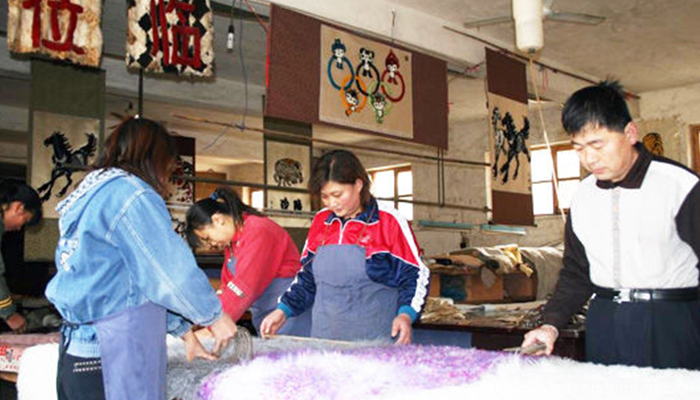
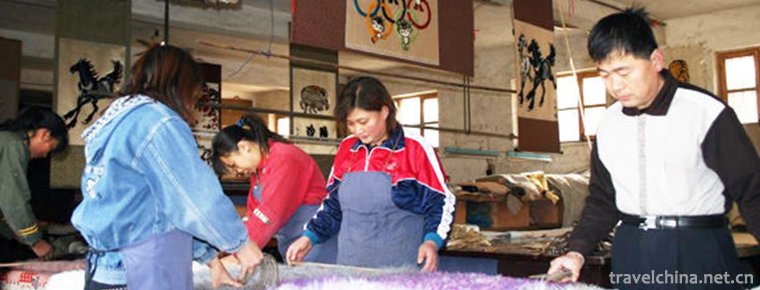
Tanning Technology of Tan Sheepskin
-
Futian Shangri La Hotel Shenzhen
The second Shangri-La Hotel Group, Shenzhen Futian Shangri-La Hotel, is located in the downtown area of Futian Business District. It can easily reach Shenzhen Convention and Exhibition Center, large s
Views: 698 Time 2018-12-16 -
Binxian Dafo Temple Grottoes
Binxian Dafo Temple Grottoes, located at the foot of Qingliang Mountain, 10 kilometers west of Binxian City, Xianyang City, Shaanxi Province, is the largest Grottoes group in Shaanxi Province and an i
Views: 152 Time 2019-01-03 -
Zhijin cave
Zhijin Cave, located in Guanzhai Miao Township, Zhijin County, Guizhou Province, is located on the South Bank of Liuchong River, one of the sources of Wujiang River, 120 kilometers away from Guiyang,
Views: 162 Time 2019-03-18 -
Legend of Chen Sanwuniang
Li Jing Ji of Chen Sanwuniang is an ancient folklore, belonging to the legendary works of Ming Dynasty in China. The author has lost his life in Quanzhou (Chen Sang) of Fujian Province
Views: 121 Time 2019-04-16 -
Daur Ruzhigle Dance
"Luzhigle" is a representative folk dance of Daur nationality. It varies from place to place, including "Alhambo", "Langtudabe", "Hakumai", "Hagen Melger&q
Views: 135 Time 2019-04-22 -
Buddha Han boxing
Fohan boxing is also known as Fohan Chuan, commonly known as Buddhist boxing. It is a kind of traditional Chinese martial arts. This boxing originated in Shaolin Temple
Views: 353 Time 2019-04-29 -
Comba Rai
"Kangbalayi" is a poetic language of communication between Tibetan men and women in Zhiduo County. It originated in Songzan Period of Southern Japan in the end of the sixth century.
Views: 145 Time 2019-05-08 -
Ping Ju Opera
Opera commentary is a kind of opera which is spread in the north of China. It is one of the most popular operas among the people and ranks among the five major Chinese operas. Some people once thought
Views: 156 Time 2019-06-09 -
String Music Heze String Music
Heze string music is one of the second batch of national intangible cultural heritage announced by the State Council. It is a well-known traditional folk music in southwestern Shandong Province, and i
Views: 253 Time 2019-07-01 -
Awakening Drama
Yongkang Xinggan Opera, also known as "Jianggan Opera", is a traditional opera that serves religion. Mainly to persuade people to reflect, guide people to rectify, mainly in sacrificial occa
Views: 371 Time 2019-07-08 -
Soil characteristics of Suining
The strata in Suining City are mainly limestone in the lower part and purplish red sandy soil and mudstone in the upper part. Therefore, Suining area is also known as "red soil land".
Views: 321 Time 2020-12-16 -
Education in Neijiang
By the end of 2019, there are 1170 schools at all levels in Neijiang City, with 570100 students and 39400 teaching staff. There are 689 kindergartens with 88900 students; 274 primary schools with 205400 students; 137 junior high schools with 126400 students;
Views: 369 Time 2020-12-16
